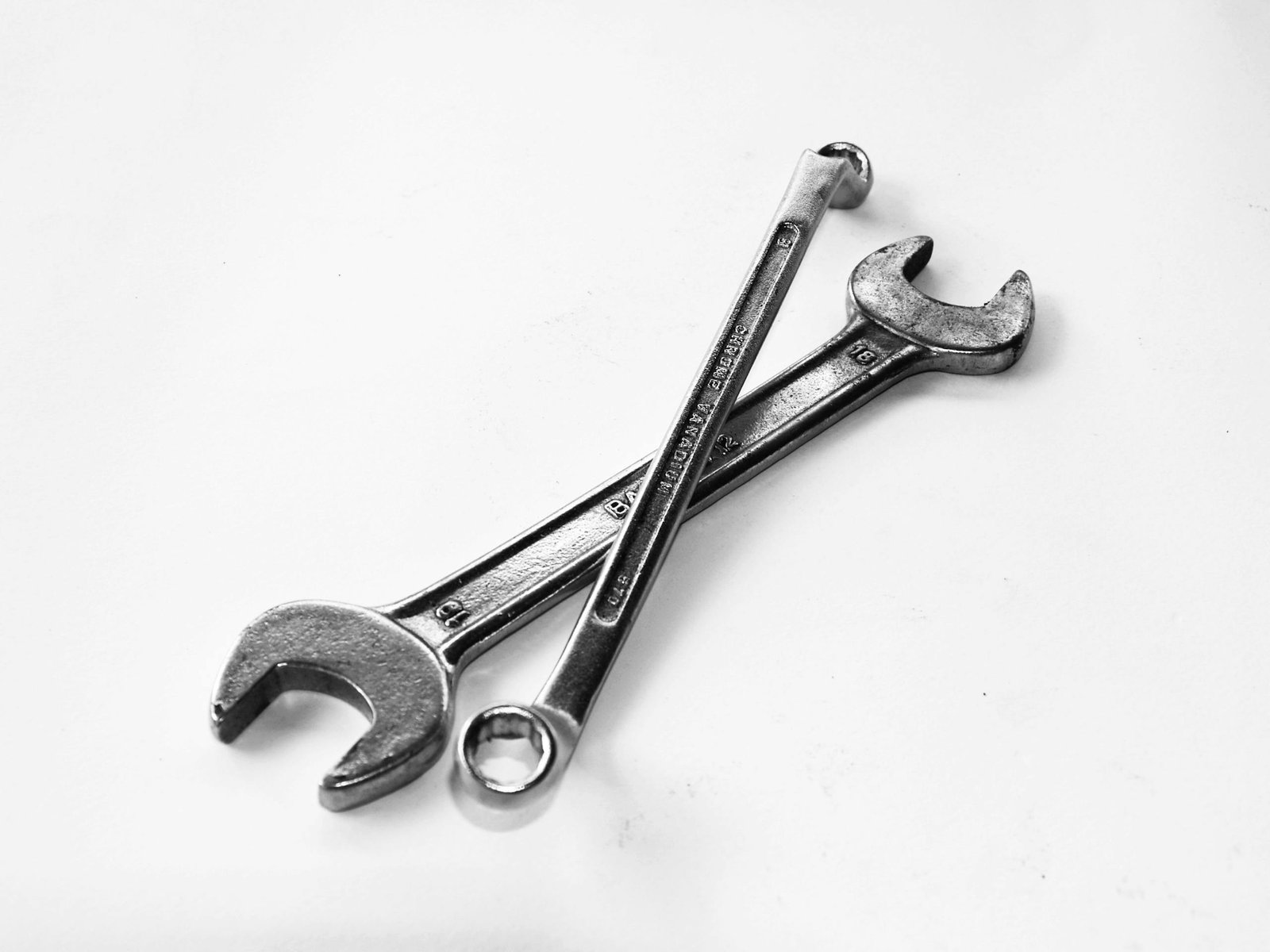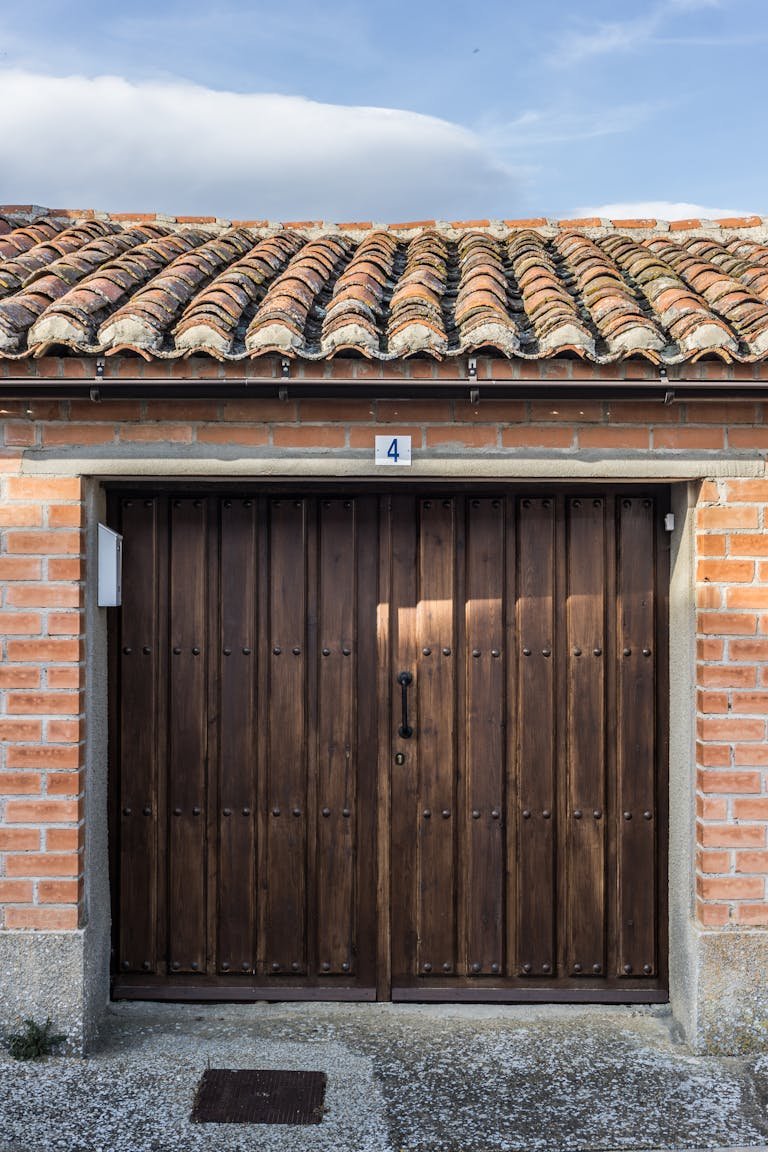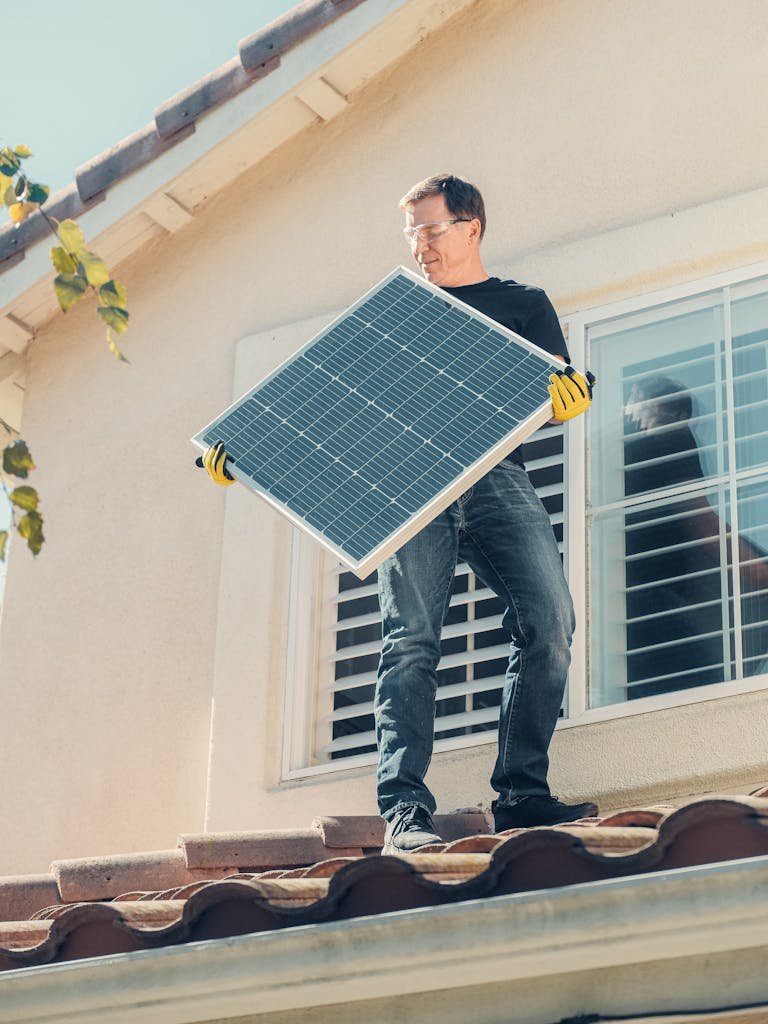Storms can cause significant damage to homes, particularly the siding, which is critical in protecting the structure from the elements. When siding is damaged during a storm, it leaves the home vulnerable to water infiltration, mold growth, and further structural deterioration—addressing siding repairs promptly after storm damage is essential to maintaining the integrity of your home. We will explore how homeowners can effectively handle siding repairs after a storm, assessing the damage, working with contractors from the Premier Plus Storm Team of Urbandale, and ensuring that the repairs provide long-lasting protection for your home.
Ways to handle siding repairs after a storm
- Assessing the Extent of the Damage
After a storm, the first step in handling siding repairs is to assess the extent of the damage. This requires a thorough inspection of the entire exterior of your home. While some damage may be immediately visible, such as cracks, holes, or missing pieces of siding, other issues may be more subtle and require closer examination. Pay attention to areas where the siding appears loose or has shifted, which could indicate underlying damage to the structure beneath.
During your inspection, check for water stains, mold, or signs of moisture on the interior walls near the damaged siding. These could be indicators that water has already seeped through the compromised areas. It’s also important to look for dents, warping, or discoloration, which can occur due to heavy rain, hail, or high winds.
If you’re unsure about the damage’s full scope, consult a professional contractor to perform a more detailed inspection. A contractor can identify less obvious issues and determine whether repairs are necessary for specific sections of siding or if a full replacement might be a better solution.
- Understanding Your Siding Material
The type of siding on your home will influence the repair process and the materials needed to restore it after storm damage. Common siding materials include vinyl, wood, fiber cement, and aluminum, each reacting differently to severe weather. For example, vinyl siding is more likely to crack or become dislodged during a storm, while wood siding can be susceptible to rot if it becomes waterlogged.
Understanding the properties of your siding material is crucial in determining the appropriate repair methods. Vinyl siding can often be repaired by replacing damaged sections, while wood siding may require more extensive treatment, such as sanding, sealing, or replacing rotten boards. Fiber cement and aluminum siding are generally more durable but may still require repairs if they become dented or damaged by wind-driven debris.
When handling siding repairs, it’s important to use materials that match the existing siding to maintain the aesthetic appeal of your home. This can be particularly challenging if the siding has faded or the manufacturer no longer produces the same style. Working with a contractor with experience with different siding materials can help ensure a seamless repair that blends with the rest of your home’s exterior.
- Working with Insurance Companies
If your siding was damaged during a storm, your homeowner’s insurance policy will likely cover the cost of repairs. However, navigating the insurance claims process can be daunting, especially when dealing with the aftermath of storm damage. The first step is to review your insurance policy to understand what types of damage are covered and whether there are any limitations on coverage for siding repairs.
Documenting the damage is essential when filing an insurance claim. Take clear photos of the affected areas and record any estimates or assessments contractors provide. This documentation will be necessary when submitting your claim to the insurance company.
It’s also important to work with an insurance adjuster who can assess the damage and determine the coverage you’re entitled to. In some cases, the insurance company may require multiple contractor estimates before approving the repairs. By working closely with your insurance provider and following their guidelines, you can expedite the claims process and get the necessary funds to complete the repairs.
- Choosing the Right Contractor for Repairs
Finding the right contractor to handle siding repairs after storm damage is crucial to ensuring that the work is done correctly and that your home is protected. When selecting a contractor, it’s important to choose one who has experience with storm damage repairs and is familiar with the specific type of siding used on your home.
Start by asking for recommendations from neighbors or friends who have had similar repairs done. You can also research contractors online and read reviews from previous customers. When contacting potential contractors, ask about their experience with storm damage repairs and request references from past clients.
Once you’ve selected a contractor, get a detailed estimate of the repairs, including the cost of materials and labor. The contractor should also provide a timeline for completing the work and outline any additional steps to ensure the repairs meet local building codes. By working with a reputable contractor, you can feel confident that the repairs will be done professionally and that your home will be restored to its pre-storm condition.
- Preventing Future Damage
After completing siding repairs, it’s important to protect your home from future storm damage. While some weather events are unavoidable, there are preventive measures you can take to minimize the risk of damage in the future. Regular maintenance, such as cleaning and inspecting your siding, can help identify potential issues before they become major problems.
If your home is in an area prone to severe weather, consider installing storm-resistant siding materials. Certain types of siding, such as fiber cement or engineered wood, offer greater durability and resistance to wind, rain, and hail than traditional materials. Additionally, installing storm shutters or reinforcing windows and doors can help reduce the likelihood of damage to the structure of your home during a storm.
Regularly trimming trees and removing debris around your home can also reduce the risk of storm damage. Overhanging branches or loose items in the yard can become projectiles during high winds, causing significant damage to your siding or roof.
Handling siding repairs after storm damage requires a thorough assessment of the damage, understanding your siding material, and collaboration with insurance companies and contractors. By addressing the damage promptly and working with experienced professionals, you can ensure your home is restored and protected from future storms. Taking preventive measures and maintaining your siding over time can further reduce the risk of damage, providing long-term protection and peace of mind. With the right approach, you can keep your home safe and well-maintained, regardless of weather conditions.





